The top three issues facing beauty and cosmetics retailers
… And what they can do about it
The UK beauty and personal care market is worth around 16 billion euros to cosmetics retailers. It is a growing market, with sales expected to reach around 16.8 billion euros in 2020.
However, the growth hides some difficult issues faced by the industry. It is, and has always been, a very competitive market. And now beauty & cosmetics brands face new pressures regarding the transparency and sustainability of its products, a more complex selling environment with the mix of online and offline sales, pressure brought through social media activity, as well as a previously ignored sector of women demanding to be recognised rather than patronised….oh, and all this without raising prices.
Let’s take a deeper look at what’s going on.
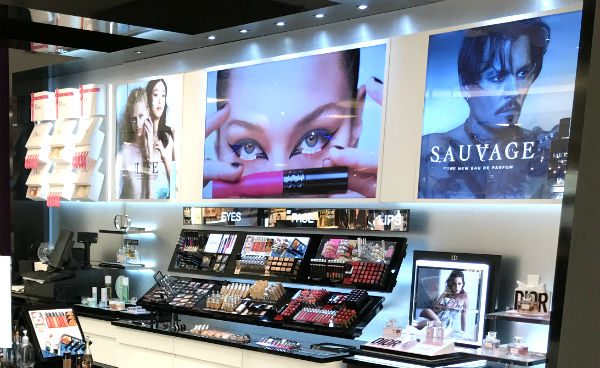
Issue no. 1 – Transparency, traceability, sustainability
Three parts of one big issue for the beauty & cosmetics market. With growing public awareness over plastics, animal testing, water pollution, palm oil, and worker exploitation (and that list is not exhaustive), beauty & cosmetic brands are having to provide transparency and in many cases review and adapt their products to remain true to customer’s desires.
Consumers want visibility all the way back to origin, they want clearer labelling, and they want assurance that the products they are buying are in line with their ethics.
Issue no. 2 – Online/Offline
In recent years there has been a blurring in the way we shop for beauty & cosmetics. Online sales are helping drive the market, with around half of the growth coming from online sales. Social media has added benefit and complexity in equal measure, with users sharing their experiences, reviews and advice about products with thousands of others at the click of a button. This can be great for exposure if the review is positive, but if not, product sales can really suffer.
However, the store does remain an important element in this market. As much as beauty & cosmetics retailers have invested in their online sites, they just cannot replicate the results of trying cosmetics in the store. Consumers though want choice in how they shop – they may browse online and then come in to the store to test and make a purchase, or some shoppers may look and test products in-store and then make their purchase online.
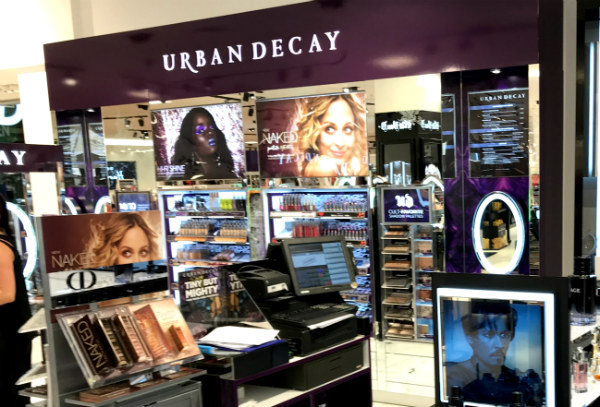
Issue no. 3 – Over 40s
Over-40s women are an over-looked sector within the media, and nowhere more so than the beauty & cosmetics industry. Often ignored entirely, when they are marketed to by brands and retailers it is most often with anti-aging products meant to make them look younger.
But older women are starting to find their voice. People want to age better; they want to age more naturally. We have seen the peak of plastic surgery, and people now are turning to non-invasive products that achieve more natural results.
The over-40s is a big sector, and one incidentally with a lot of cash to spend, and they are demanding to be recognised. If beauty & cosmetics retailers continue to ignore this sector they may be left behind.
What can beauty & cosmetics retailers do?
There is certainly a lot of pressure on retailers in this market. However, if half of the market growth is coming from online sales, this must mean that shops are also holding their own. Online certainly offers convenience for shoppers but cosmetics are a product where people really do like to try before they buy, and even the best online colouring matching technology cannot quite compete with seeing and trying the products on your own skin. But this doesn’t mean traditional retailers can be complacent.
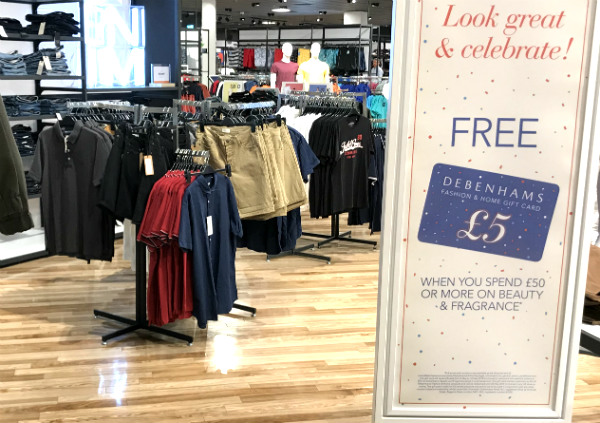
As we mentioned, there has been a blurring of the online/offline world in this market. Shops are important but so to are their online counterparts – sitting on only one side will lose you customers. Of the top ten online retailers, eight also have a physical high street presence. Traditional retailers need to ensure they are also providing a good online service.
A social media presence is also a must. It isn’t only the younger shoppers that are using social media – a third of Instagram’s audience are over the age of 35, and the over 55s are the second largest demographic on Facebook. Retailers need to invest properly in this area whatever the age of their target market.
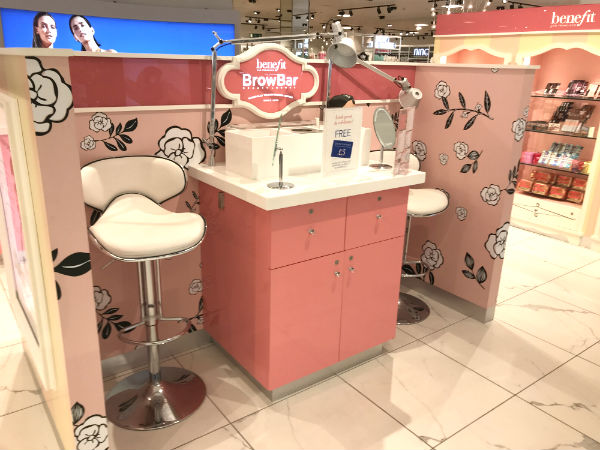
The in-store shopping environment is crucial in setting the right browsing and purchasing environment. Retailers need to properly understand who their customers are if they are to set out their store in a way that will appeal. And with so many competitive products on the market, retailers need to ensure key products stand out. Point of purchase (POP) units can help here. Whether it is to draw out the more ethical products, or perhaps a range that will appeal to the over-40s, POP provides a way for retailers to bring the attention of shoppers towards key products and ranges, helping customers find what they want as easily as possible.
Given that a key reason bricks and mortar stores continue to perform in the beauty & cosmetics market is a desire from consumers to try products before they make a purchase, store layout and displays need to allow space for this. It can be tempting for retailers to focus on the products, but a shopper faced with rafts of products and no space to try them may feel frustrated and leave empty handed. Trying the products before making a purchase is a key strength for retailers and they must use POP and their store space to maximise this opportunity.
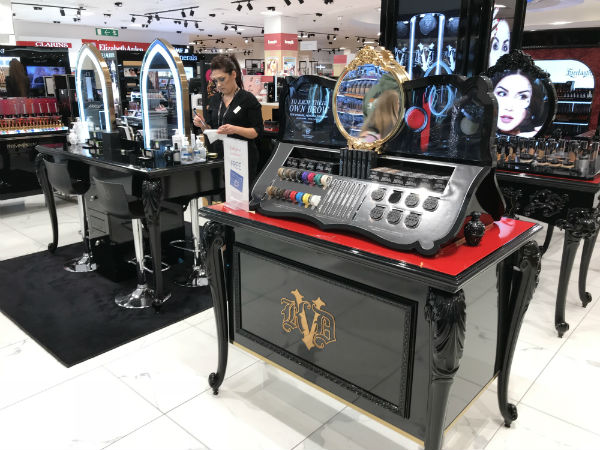

Key takeawayBeauty & cosmetics retailers face many challenges. The online market is growing but stores remain important. Retailers need to embrace the online market, ensuring they have a social media presence as well as online retail options. But equal weight must also be given to the shop floor. Clever use of POP can help retailers draw attention towards key ranges while at the same time creating the space for customers to try products.